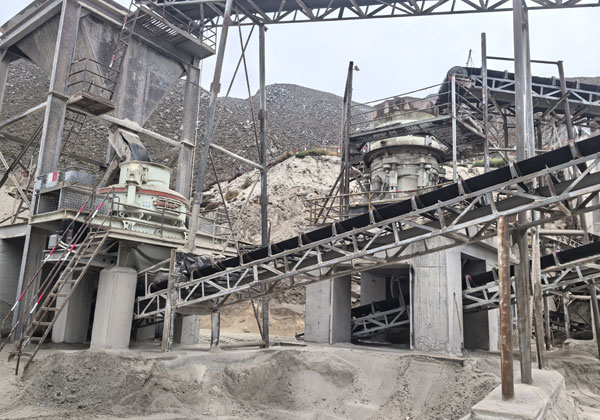Limestone is one of the most widely used materials in the construction and aggregate industries due to its abundance, versatility, and durability. Crushed limestone is especially valuable as a base material for roads, railroads, concrete, and asphalt. Efficient processing of limestone into high-quality crushed stone requires a well-designed crushing and screening process tailored to the specific application and desired output specifications.
This article explores the comprehensive process solutions for limestone crushed stone production, from quarrying to final product handling.

Primary Crushing
Once the limestone is quarried, it undergoes primary crushing to reduce the large boulders into manageable sizes. The common primary crushers used are:
-
Jaw crushers: Provide powerful crushing action suitable for large, hard rocks.
-
Impact crushers: Use high-speed impact forces, suitable for more friable limestone.
Primary crushing typically reduces limestone blocks to about 150-300 mm size, ready for further processing.
Secondary and Tertiary Crushing
The crushed limestone from the primary stage is then fed into secondary crushers such as cone crushers or impact crushers to reduce the stone to smaller, uniform sizes.
For finer particle sizes and more precise shaping, tertiary crushing might be required, often using vertical shaft impact crushers (VSI crushers). This step produces crushed stone aggregates sized typically from 5 mm to 40 mm, depending on project requirements.
Screening and Washing
After crushing, the limestone aggregate is screened using vibrating screens to separate the crushed stone into different size ranges. Screening ensures product quality by removing fines and oversize material.
If the crushed stone contains clay, silt, or other impurities, washing processes using water sprays or scrubbers may be implemented to improve cleanliness and quality.
Quality Control
Quality control is critical throughout the limestone crushing process. Testing includes:
-
Gradation analysis (size distribution)
-
Strength and durability tests (abrasion, crushing resistance)
-
Chemical composition to ensure suitability for specific applications
Adjustments to the crushing process may be made based on testing feedback to meet client specifications.
The limestone crushed stone production process involves several key stages: quarrying, primary crushing, secondary and tertiary crushing, screening, washing, and quality control. Each step must be optimized to produce high-quality aggregates tailored to specific industrial and construction needs.
If you want, I can also provide recommendations on specific machinery or process flow diagrams for limestone crushing plants. Would you like that?

